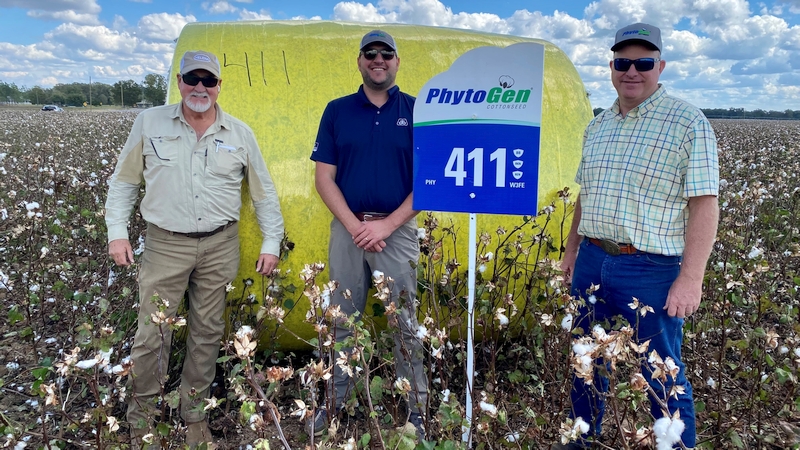“Newest” Greatest Limiting Factors
The dynamics of the spider mite in the Mid-South have evolved. Once considered an insect that showed up mostly in hot, dry conditions, it can now be a problem year round.
And across parts of the Mississippi Delta, plant bugs are now called the “newest” greatest limiting factor in cotton production.
In the Delta Region of Mississippi, according to information from Mississippi State University, bales lost to the tarnished plant bug were nearly triple the number lost to the bollworm/budworm complex. Losses to spider mites were 36% higher than bollworms/budworms.
What changed? Mostly everything with the introduction of Bt cotton varieties.
“We’ve always known spider mites like hot, dry weather and we’ve had the conditions over the last few years.” says Dr. Angus Catchot, Extension entomologist at Mississippi State. “At least anecdotally, people have recognized that we’ve moved away from Temik and more to seed treatments. We know Temik has some effect on spider mites.”
The move to minimum- or no-till systems is leaving plant residue in the field for mites to use as a refuge for overwintering. Rather than having their first shot at cotton in the hot, dry late season conditions, spider mites are now taking aim as cotton emerges. That’s where an at-planting application of Temik could provide protection.
“What’s come to light the last couple of years that everybody is beginning to pick up on ― at least in the Delta region ― is the increase in corn acreage,” says Catchot. “We find a lot of spider mites in corn, and when corn starts drying down, there’s just a mass migration out of corn. The numbers don’t appear to be high enough to hurt the corn, but they’re high enough that when they move out, they can hurt cotton.”
Since 2005, new miticides have hit the market that have been effective late-season against spider mites, including the name-brand and generic abamectin products, Portal, Comite, Zeal and Oberon.
Catchot says there are experimental products being tested on plant bugs, but they are several years from the market.
“We’ll have to work with the neonicotinoids, acephate, Bidrin ― products like that,” Catchot says. “We’re also recommending that acephate go out in combination with a pyrethroid with just about every shot.”
Catchot warns that a pyrethroid used alone for plant bugs in the Delta should be avoided because of wide-spread resistance. But there’s a pleasant irony to a pyrethroid/acephate tank mix ― even with pyrethroid resistance. “The best word I can use is that the pyrethroid ‘irritates’ the plant bug and makes it move around the canopy and come into contact with more of the acephate,” he explains.








